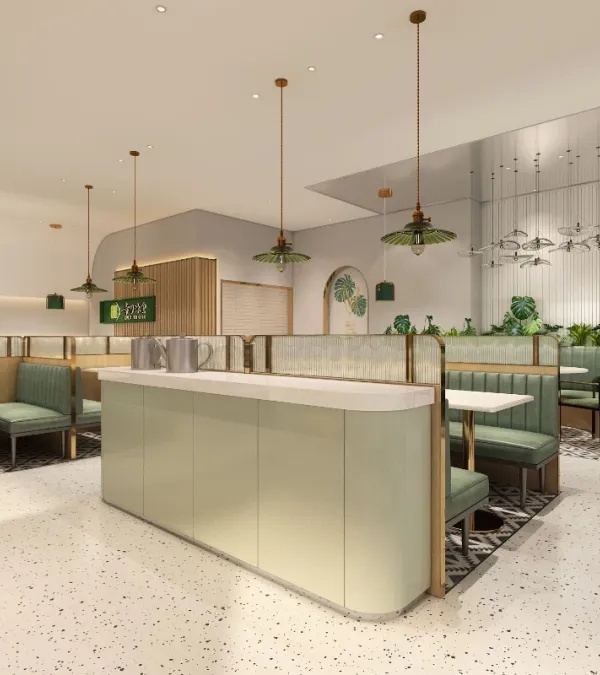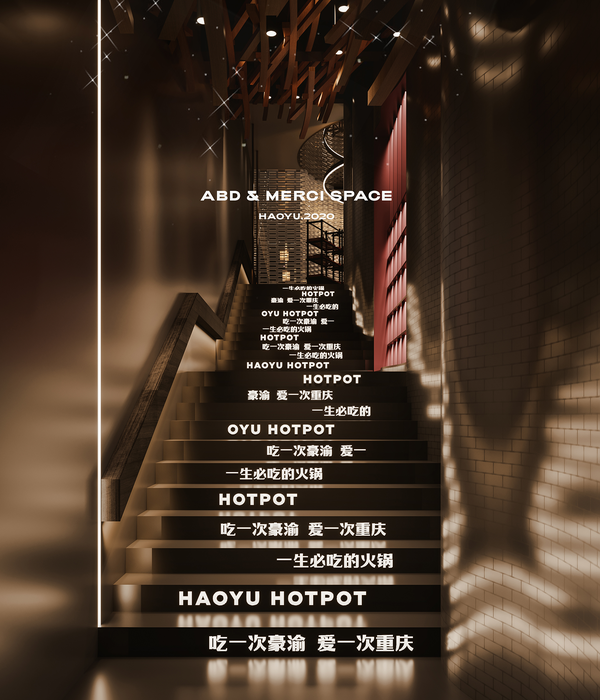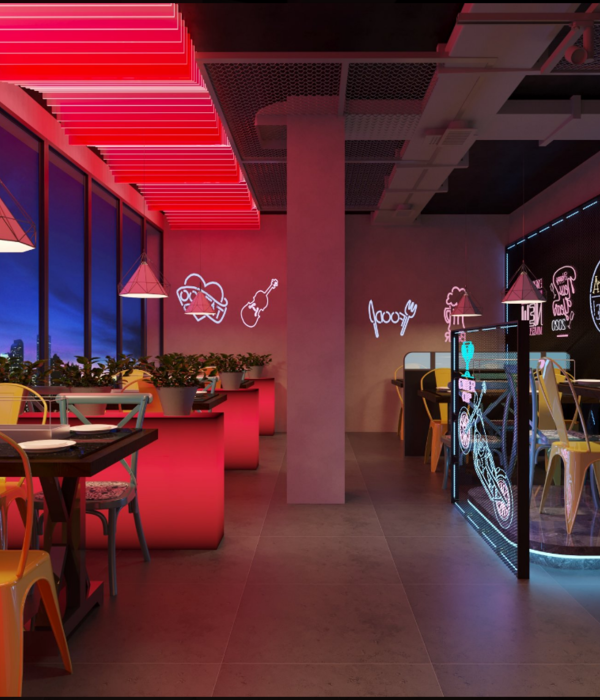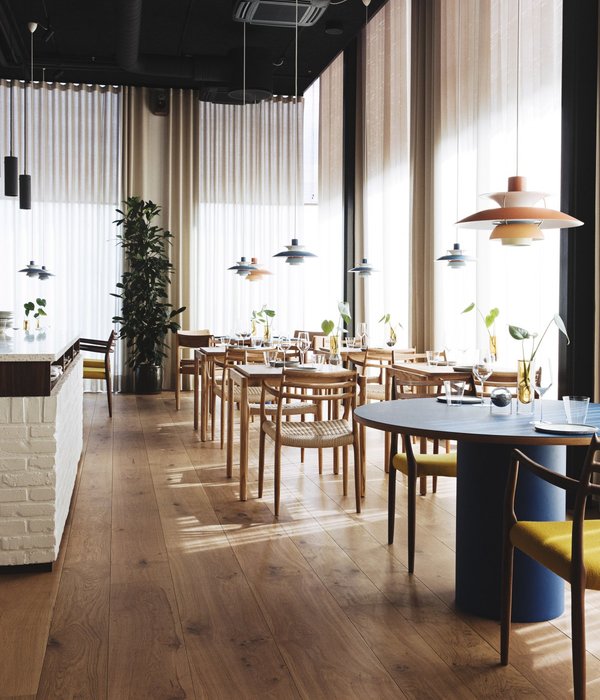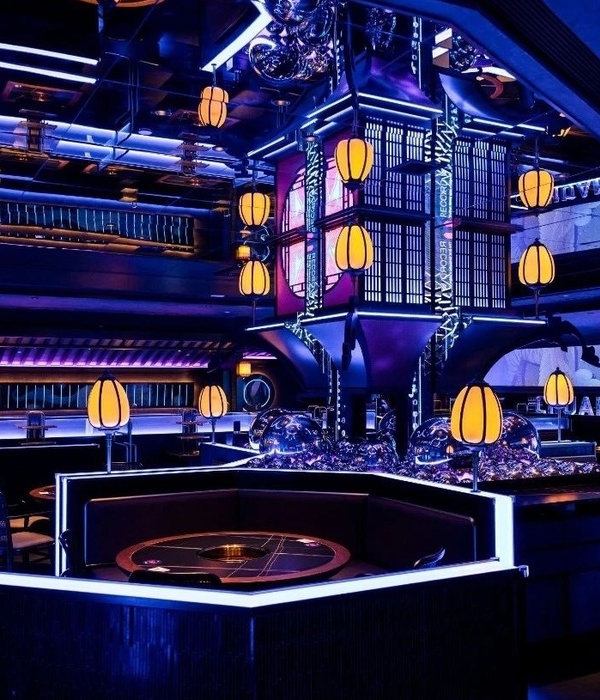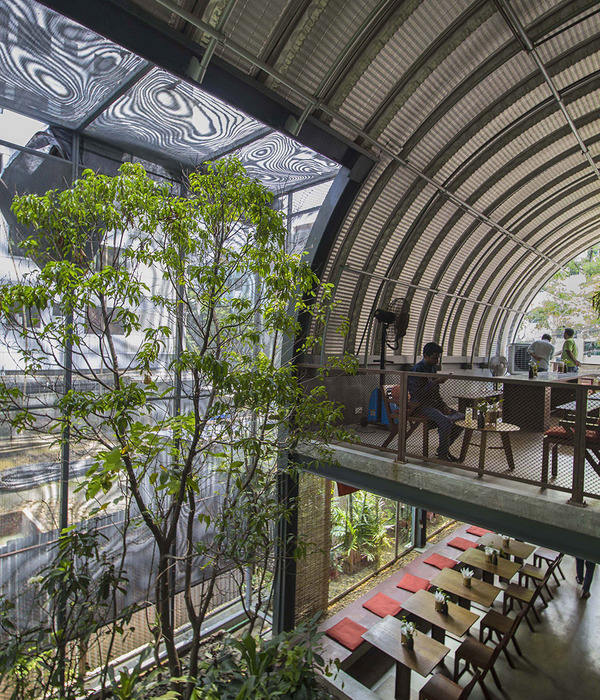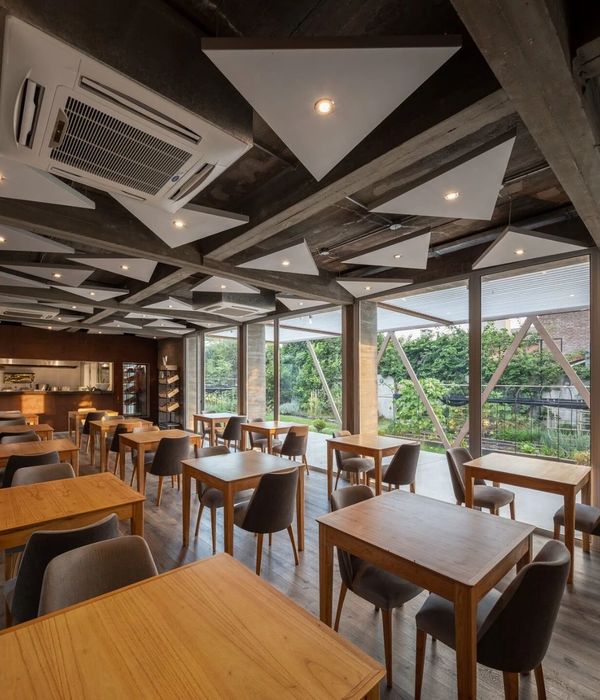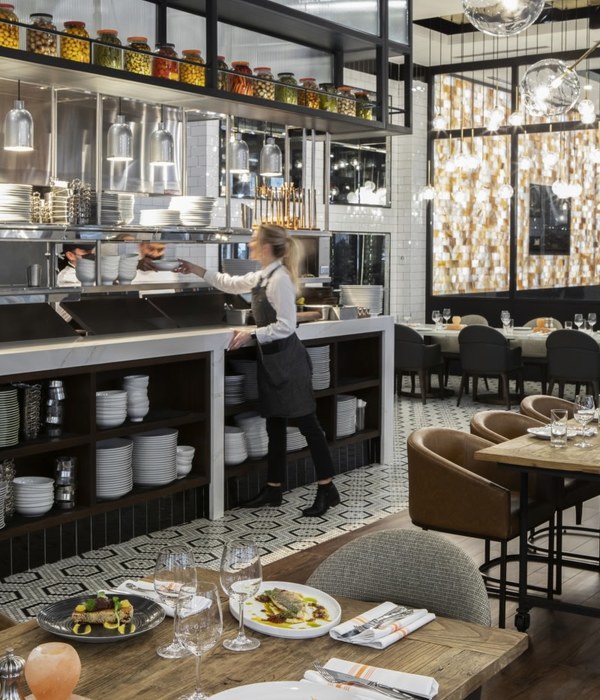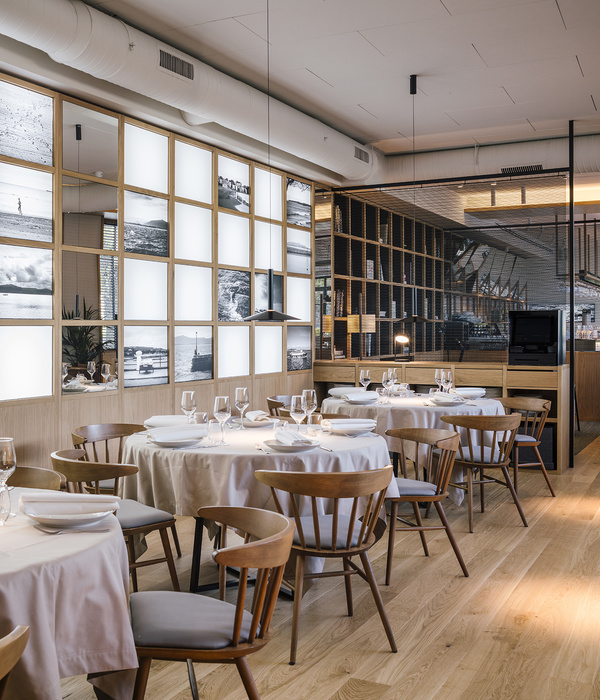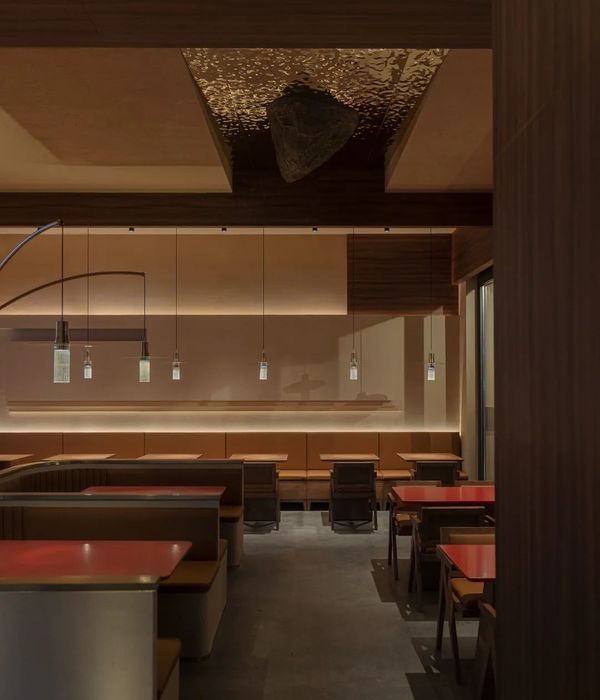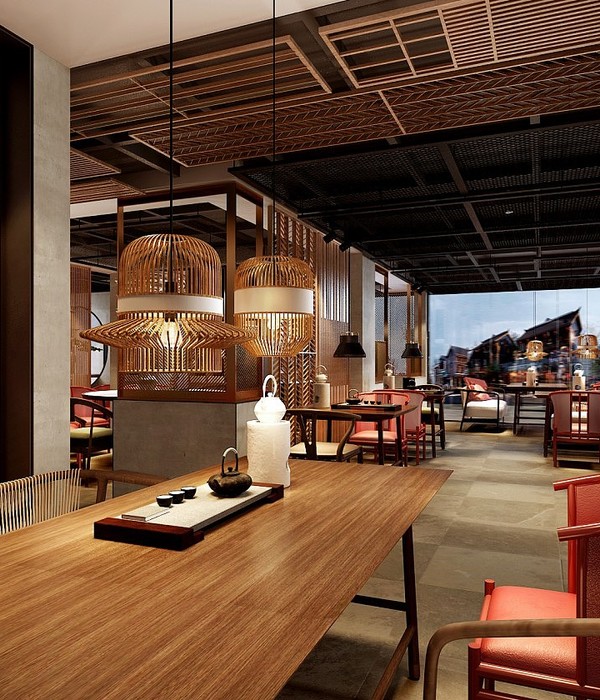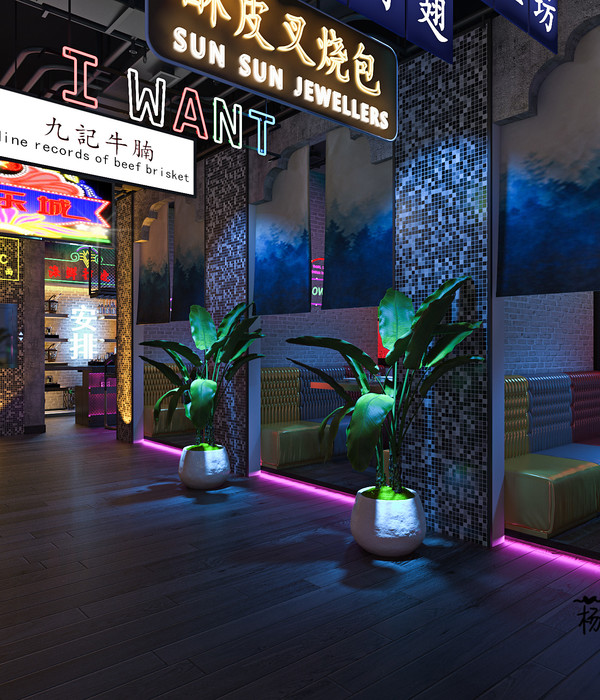Martín Berasategui
The nature of this project makes telling about its process of thought and development as relevant as communicating the result. For that reason, it is so important for us to tell that as a part of the description.
The commission
During the summer of 2018, we received a call from three Michelin starred restaurant Martín Berasategui based in Lasarte-Oria, next to San Sebastian. Lasarte-Oria is the heart of the successful trajectory of Martín. He was born in San Sebastian in 1960, he started working at Bodegón Alejandro where he got his first Michelin star. In 1981 he founded his own restaurant in Lasarte-Oria beginning which served later as the reference and the center of all of his activity.
According to his innovative and entrepreneur personality and the continuous development that represents Martín, when they called us they were thinking about the possibility of expanding the restaurant covering a space beside the existing building that they were using as a terrace during the summer.
When they called us they were thinking about the possibility of expanding the restaurant covering a space beside the existing building hat they were using as a terrace during the summer,which is in accordance with Martin ’s philosophy based on innovation and constant development.
The intervention had some strict restrictions. One of the most important was that it must take place during the three winter holiday months when the restaurant was closed, from December 17 to March 13.
Beautiful views and natural light were the main factors to consider in our proposal. They were important enough to create the project around them. At the same time, we decided to use the existing limits of the site, using a kind of shell-shaped structure as the geometric base of the project.
Despite a short time for the project development and its execution, we started a fast process in order to present our client with our design proposal. They liked it a lot. Even though the idea was innovative and attractive, we had to take into consideration the constraints of time and the difficulties of the building process. The idea consisted in building a covering structure in the shape of a shell using a curving grid of one-meter height wooden beams based on a transparent and light glass façade. The process that had begun as a terrace cover was transformed into a complex project.
Development
The period that started when the client accepted the proposal converted in a hectic time during which not only had we developed the project but also we had to find the specialized company which wanted to build it in the limited time respecting all the constraints we had.
After several meetings with different companies we had during the next weeks, we didn’t find onewhich wanted to take the challenge because of the complexity of the execution and short time to do it. At the end of October, the situation was difficult, then we found an Italian company which was interested in developing the project. They were able to carry out the project in time with some limitations that we will have to deal with during the development.
In November, just a month before the restaurant closed, we had started officially collaborating with this company on the construction of the wooden structure. At the same time, we had been working with other companies in the development of other elements that completed the project. However, all depended on the structure and its design and building system.
All must have been curved and fit with the structure. In this way, the vertical glass façade, one a folding part and the other fixed part, must have been curved and measured according to the roof. The rest of the elements similarly must have to be shaped according to the structure geometry.
The short time that we had to work on the site, forced that all the architecture elements must have been produced in the factory following closely the project details, without a margin of error. In this way, we could have had all the elements ready in order to meet the short deadline on the installation on site.
Assembly
The intervention on the site began just the day after the restaurant closed. First of all, we did all the masonry works and preparation of the site in order to have everything ready for the structure installation. However, when we were completely ready to receive the wooden structure from Italy, we received bad news from there. The Swiss factory that was producing the beams was going to have three weeks delay in the delivery. If had started with limited planning, then we would have been past the deadline. The project was about to fail.
After several conversations and different replanning proposals, we decided to have a meeting in the factory at Orges, Lausanne, to discover what was happening and which was the real situation in order to find a solution. Finally, we agreed on a new delivery date and construction, reducing the delay as much as possible. We agreed that the complete wrap including wooden structure and glass façade must be finished before the restaurant opens. We would spend two more weeks completing the interior works with the restaurant working.
The on-site assembly was carried out as we agreed in a surprisingly short time. From February 25 to March 10 we tried to finish the structure and the façade. After that, we spent two weeks more on the interior works.
The result
The complex system of prefabrication and assembly has resulted in a space where all the architectural elements serve to emphasize the special geometry. This is more than 120 square meters diaphanous space in which the interior and the exterior merge thanks to the façade permeability.
The roof structure is made of fir plywood. It is composed of one meter high beams that form a curved mesh in which each of its points is at a different hight. The shape and the location of each beam from a plan shaped like a shell limited by the site boundaries. It is composed of eleven main longitudinal beams crossed by five more radial beams. All of them form a curved mesh which defines the space.
The roof is supported on three points creating a complete diaphanous space under it. The back of the structure is based on a plywood cylinder in which the building installations are placed. Two extreme front points of the roof are supported by wooden columns.
The façade wraps the space under the wooden structure. It is formed by three different curved sides located under the extreme beams. The two lateral sides are composed of fixed curved mecanismo annealed glasses of 3 cm thickness. The front is formed by steel doors that can be opened. That permits opening the entire front and introduce the exterior in the indoor space.
Between the existing building and the new structure a new space is created that separates the kitchen from the eating area. It works as an additional space for the storage service of crockery and cutlery. It is visually separated from the dining room by closing wooden slats that still allow the entry of natural light. All of the elements and furniture of this area are made of lacquered wood combined with some pieces made of oak wood.
The strict geometry of the structure allows the project to work like a puzzle. All the elements fit in the geometric order and they are integrated into the functionality. The use of complementary natural materials creates a cozy and warm interior joined with the exterior with the transparent façade.
{{item.text_origin}}

